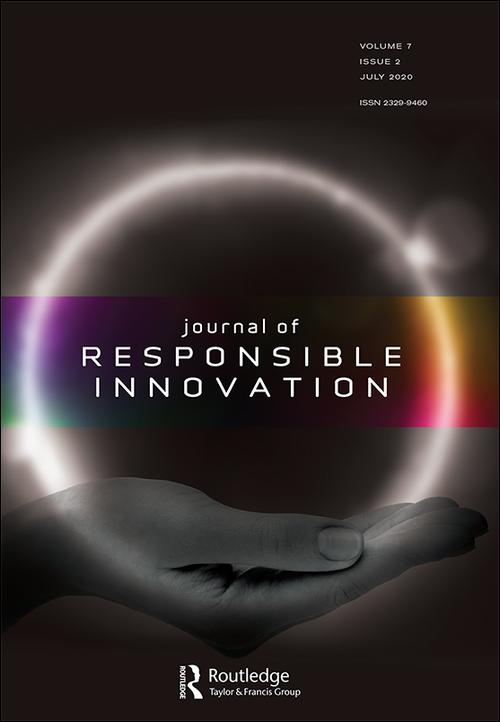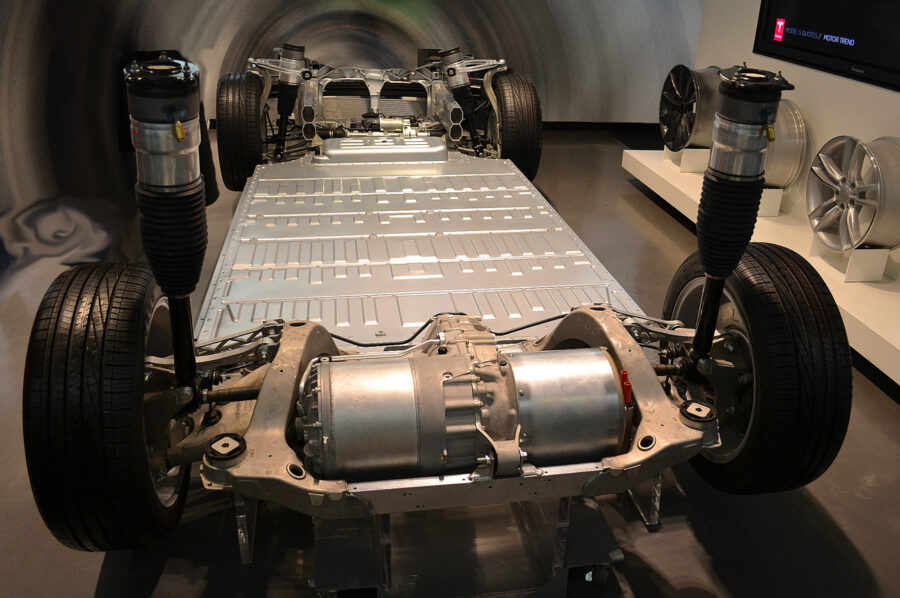It’s likely that by 2050, there will be virtually no ICE cars on the road in most of the world.
Let’s test drive a petrol car as someone who’s grown up only knowing electric cars. Here’s their first-hand account.
“I can buy everything online these days, so was rather confused why I needed to visit a showroom. I’m always up for trying something new though, so that didn’t put me off.
We were greeted by a very pushy salesperson who wanted to know everything about me – it felt quite invasive actually!
So we got in the car, did up our seat belts and I pushed the accelerator pedal.
Nothing happened.
I tried again, but still nothing.
The salesperson then handed me a key and said I’d need to use it to turn the ignition on.
I jokingly replied: “What are we going to ignite?” 🔥
To my surprise they didn’t find it at all funny and proceeded to explain how there was an internal combustion engine under the bonnet in front of us (meaning no front storage space) which was connected to a tank, full of many litres of fossil fuel – from under the sea no less!
Apparently the engine sucks in the fossil fuels, and then uses controlled explosions to fire pistons which generate movement that is transmitted via a driveshaft connected to an axel that turns the wheels.
It all sounded extremely complicated with hundreds of moving parts, making me worried about how many things could go wrong.
When I asked, they explained that there was a servicing plan to deal with all that. “They ensure the spark plugs are replaced, fuel lines inspected, oil topped up etc. etc.” All for the tidy sum of £20 a month apparently – that’s what I pay for a month’s electricity for my current car! 💷💰
So I turned the ignition on and the whole car shook and juddered! It was as though we were going to take off, but the salesperson assured me we couldn’t, and that the car wasn’t capable of flying into space! 🚀
(as a side-note, apparently it can’t even drive in space, as it needs oxygen in order for the controlled explosions to take place – plus the Mars colony hasn’t found any fossil fuels yet, so there’d be no way to power the car 🙁)
To get it to move I had to use this extra pedal he called the clutch.
It wasn’t easy and apparently most people take several hours before they can operate it smoothly.
The car started to smell – which was apparently the clutch burning, really nasty stuff! That’s not covered by the servicing plan either!
Anyway, I eventually got the hang of it, and we got going. Thank goodness I don’t need to do that again!
The more I pushed the accelerator, the louder the car got. I didn’t mind the noise as we accelerated, but it definitely wasn’t to my partner’s taste.
It took a looong time to get to 20mph, and when we did the engine sounded like it was going to explode!
The salesperson told me that I’d need to change gear in order to go any faster – like on a pedal-bicycle! That meant more of the clutch, which wasn’t fun! At one point the salesperson told me we had kangeroo juice, whatever that means!
So we got to 60mph and the car was still making a very loud humming sound, it made it difficult to hear each other and listen to music. By this point, my patience had worn thin with the noises too. I didn’t mind it while accelerating – that could even be quite exciting – but ALL THE TIME? No thanks! So I asked the salesperson to turn it off. 🔊
Apparently that’s a necessary by-product of the internal combustion engine that can’t be switched off!
We were approaching some traffic lights, so I thought I’d ask about the 1-pedal driving.
The salesperson looked confused and then explained that when in gear the car would have engine braking. This sounded very exciting! 🚦
I thought I’d play it safe the first time and ease off when I normally would with regen braking.
I soon discovered that engine braking is really rather rubbish! Apparently it doesn’t put any of the energy back into the fuel tank either! Mad right?
I had to slam on the emergency foot break in order to stop us colliding with the car in front! 🛑
It’s safe to say I don’t rate so-called engine “braking”.
While waiting at the lights, the car continued to make an awful racket and gently vibrated as though we were driving down a gravel path!
I asked, and apparently there was a button I could press to turn on “start-stop technology”. I tried this and at the next lights the engine finally fell silent. Peace in our time! Apparently, it’s only economical if you’re going to be stopped for more than 10 seconds – otherwise the engine uses more fuel to start than it does to idle. Plus it causes wear to the starter motor constantly turning the engine on and off – which you guessed it, isn’t covered by the service plan either.
As we talked, I leant that one of the key benefits of a petrol car was that it can be fuelled to full in 5 minutes! ⛽
The downside is the fuel has to be mined from under the sea and you can only collect it from specialist stations. This means you can never fill-up at home, at work or at the shops, and you need to go out of your way to re-fuel. If you run out of fuel you can’t use a standard wall-plug at home or at a friend’s house, you have to transport fuel to the car. Madness! 🔌
Refuelling was an interesting experience. First when I got out of the car it didn’t automatically stop and I noticed smelly fumes coming out of the back of the car. I hate to think what they were doing to my lungs – and the planet when they disperse.
Interestingly the pump nozzle felt similar to plugging in my electric car, although there was this dreadful smell as the liquid poured out and into the car. Apparently it’s highly flammable and caution must be taken to avoid an (uncontrolled) explosion! The salesperson wasn’t keen to talk about the implications of this in an accident. Kaboom! 😬💥
The cost of filling up was eye-watering. We did some maths and 1,000 miles in our electric car costs around £12.50 if filled at home from our low-cost renewable energy tariff, or £60 if filling up at a rapid charger on the road. The same 1,000 miles would cost me £125 in this car – and there is no free filling up at work, supermarkets, tourist attractions… anywhere! 🛢
Apparently, this is partly due to the scarcity of the resource and the cost of extracting, refining and transporting it, but also partly because the engine is far less efficient than an electric motor. We converted our kWh per mile into miles per gallon and it worked out around 120 in winter and 160 in summer. This petrol car could only manage 50 miles per gallon in optimal conditions!
Overall, the ride quality was not great, I really missed the smoothness of our electric car and the smells and sounds were all quite unpleasant. The lack of space in the cabin was a shame – my partner in the back had to contend with a mound in the floor that was where the exhaust pipe ran down the car to funnel the fumes out of the back. There also wasn’t any space under the front bonnet for bags, and rear boot space was limited too – the engine, piping, coolant, filters, fuel tank, oil reservoir, spark plugs, alternator and other things took up all the room. Our electric car has a single motor the size of a water melon and a structural battery pack running the length of the floor.
While the car was cheaper to buy, it doesn’t offer nearly the same enjoyable driving experience, plus our maths showed it was around £2,000 more expensive each year to run!
The environmental impact also didn’t bear thinking about. 🌍
I tried to like it, but it just wasn’t for me. I’m sticking with electric thanks.”
We often fear change more than our ineffective habits.
How many opportunities have you missed by being scared of change?
“The human condition fears change more than familiar behaviours which are disadvantageous”
James Moore
This article was inspired by: Test drive of a petrol car





